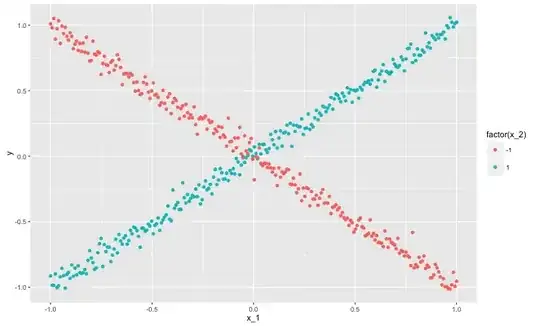I am new to statistics, but I need to see if results of my findings are significant, but I’m not sure, which t test to use in my case.
I have a product page, that may have from 1 to ~10 videos. So, I need to compare CTR(Click Through Rate - number of users who clicks on my video to number of users who saw this page with video).
I need to calculate, if there is significant difference in CTR depending on video is alone on he page or video is located together with other videos.
Let’s say I have 7 videos and I want to compare where those videos performed better (where CTR is better) : when they are alone on page or when they are together with other videos.
So my input for t test is looks like this:
where column TRUE - means that this videos is alone on page vs FALSE - video is not alone. CTR is in %
From this table, I can see that all videos are performing better (meaning that has better CTR) when they are alone on page. But I need to confirm that this results are statistically significant.
So my question is which t-test I need to use to confirm this? As I understand, I cannot use independent sample T-test, since I am comparing same videos, but in different condition?
